- Have any questions?
- +86-189 8930 5995
- sales@mosinterchem.com.cn
Levofloxacin CAS 100986-85-4

Tobramycin Sulphate CAS 79645-27-5
06/12/2018
Tacrolimus CAS 104987-11-3
06/12/2018| Model: | MOS100986-85-4 |
| Brand Name: | MOSINTER |
| CAS No.: | 82419-36-1 100986-85-4 83380-47-6 |
| Product Name: | Levofloxacin |
| Molecular Formul: | C18H20O4N3F |
| Molecular Weight: | 361.3675 |
| Melting point: | 218℃ |
| Density: | 1.48g/cm3 |
| Boiling point: | 571.5°C at 760 mmHg |
| Refractive index: | 1.669 |
| Flash point: | 299.4°C |
| Vapour Pressur: | 6.7E-14mmHg at 25°C |
Levofloxacin (CAS 100986-85-4) is a broad-spectrum antibiotic.
Levofloxacin Attribute
| Molecular Formula | C18H20O4N3F |
| Molecular Weight | 361.3675 |
| Density | 1.48g/cm3 |
| Melting point | 218℃ |
| Boiling point | 571.5°C at 760 mmHg |
| Refractive index | 1.669 |
| Flash point | 299.4°C |
| Vapour Pressur | 6.7E-14mmHg at 25°C |
Levofloxacin Molecular Formula
Synonyms: (+-)-9-Fluoro-2,3-dihydro-3-methyl-10-(4-methyl-1-piperazinyl)-7-oxo-7H-pyrido(1,2,3-de)-1,4-benzoxazine-6-carboxylic acid; 7H-Pyrido(1,2,3-de)-1,4-benzoxazine-6-carboxylic acid, 9-fluoro-2,3-dihydro-3-methyl-10-(4-methyl-1-piperazinyl)-7-oxo-, (+-)-; Floxin; Floxin Otic; Ofloxacin Otic; Ofloxacina; Ofloxacine; Ofloxacino; Ofloxacinum; Oxaldin; OFLX; (-)-Ofloxacin; (S)-(-)-Ofloxacin; (S)-9-Fluoro-2,3-dihydro-3-methyl-10-(4-methyl-1-piperazinyl)-7-oxo-7H-pyrido(1,2,3-de)-1,4-benzoxazine-6-carboxylic acid; (S)-Ofloxacin; Levaquin; Levofloxacino; Levofloxacinum; Ofloxacin S-(-)-form; Levofloxacin; (-)-(S)-9-Fluoro-2,3-dihydro-3-methyl-10-(4-methyl-1-piperazin-yl)-7-oxo-7H-pyrido(1,2,3-de)-1,4-benzoxazine-6-carboxylic acid; 9-fluoro-3-methyl-10-(4-methylpiperazin-1-yl)-7-oxo-2,3-dihydro-7H-[1,4]oxazino[2,3,4-ij]quinoline-6-carboxylic acid; (3S)-9-fluoro-3-methyl-10-(4-methylpiperazin-1-yl)-7-oxo-2,3-dihydro-7H-[1,4]oxazino[2,3,4-ij]quinoline-6-carboxylic acid
Levofloxacin is a broad-spectrum antibiotic of the fluoroquinolone medicine class, and the levo isomer of its predecessor ofloxacin. Its spectrum of activity includes most strains of bacterial pathogens responsible for respiratory, urinary tract, gastrointestinal, and abdominal infections, including Gram negative (Escherichia coli, Haemophilus influenzae, Klebsiella pneumoniae, Legionella pneumophila, Moraxella catarrhalis, Proteus mirabilis, and Pseudomonas aeruginosa), Gram positive (methicillin-sensitive but not methicillin-resistant Staphylococcus aureus, Streptococcus pneumoniae, Staphylococcus epidermidis, Enterococcus faecalis, and Streptococcus pyogenes), and atypical bacterial pathogens (Chlamydophila pneumoniae and Mycoplasma pneumoniae). Compared to earlier antibiotics of the fluoroquinoline class such as ciprofloxacin, levofloxacin exhibits greater activity towards Gram-positive bacteria, but lesser activity toward Gram-negative bacteria, especially Pseudomonas aeruginosa. Levofloxacin and later generation fluoroquinolones are collectively referred to as “respiratory quinolones” to distinguish them from earlier fluoroquinolones which exhibited modest activity toward the important respiratory pathogen Streptococcus pneumoniae.
Levofloxacin and other fluoroquinolones are valued for their broad spectrum of activity, excellent tissue penetration, and for their availability in both oral and intravenous formulations. Levofloxacin is used alone or in combination with other antibacterial medicine to treat certain bacterial infections including pneumonia, urinary tract infections, and abdominal infections.
Levofloxacin and other fluoroquinolones are generally well tolerated, but in rare instances have produced serious adverse reactions such as spontaneous tendon ruptures and irreversible peripheral neuropathy. Tendon damage may manifest months after therapy had been completed. Levofloxacin may cause worsening of myasthenia gravis symptoms, including muscle weakness and breathing problems
Medical uses
Levofloxacin is used to treat infections including: respiratory tract infections, cellulitis, urinary tract infections, prostatitis, anthrax, endocarditis, meningitis, pelvic inflammatory disease, traveler’s diarrhea, tuberculosis and plague.
The medicine exhibits enhanced activity against the important respiratory pathogen Streptococcus pneumoniae relative to earlier fluoroquinolone derivatives like ciprofloxacin. For this reason, it is considered a “respiratory fluoroquinolone” along with more recently developed fluoroquinolones such as moxifloxacin and gemifloxacin. It is less active than ciprofloxacin against Gram-negative bacteria, especially Pseudomonas aeruginosa, and lacks the anti-methicillin-resistant Staphylococcus aureus (MRSA) activity of moxifloxacin and gemifloxacin. Levofloxacin has shown moderate activity against anaerobes, and is about twice as potent as ofloxacin against Mycobacterium tuberculosis and other mycobacteria, including Mycobacterium avium complex.
Levofloxacin plays an important role in professional medical society guidelines for the treatment of pneumonia, urinary tract infections, and abdominal infections. Levofloxacin also plays an important role in recommended treatment regimens for ventilator-associated and healthcare-associated pneumonia.
It is recommended by the IDSA as a first-line treatment option for catheter-associated urinary tract infections in adults. In combination with metronidazole it is recommended as one of several first-line treatment options for adult patients with community-acquired intra-abdominal infections of mild-to-moderate severity.[9] The IDSA also recommends it in combination with rifampicin as a first-line treatment for prosthetic joint infections. The American Urological Association recommends levofloxacin as a first-line treatment for bacterial prostatitis.
Levofloxacin and other fluoroquinolones have also been widely used for the outpatient treatment of uncomplicated community-acquired respiratory and urinary tract infections, indications for which major medical societies generally recommend the use of older, narrower spectrum medicine to avoid fluoroquinolone resistance development.
You must be logged in to post a review.

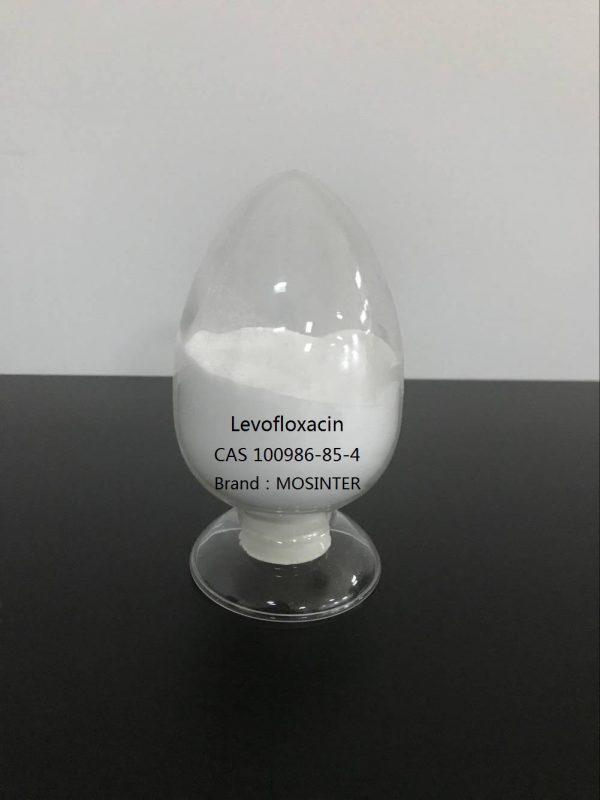
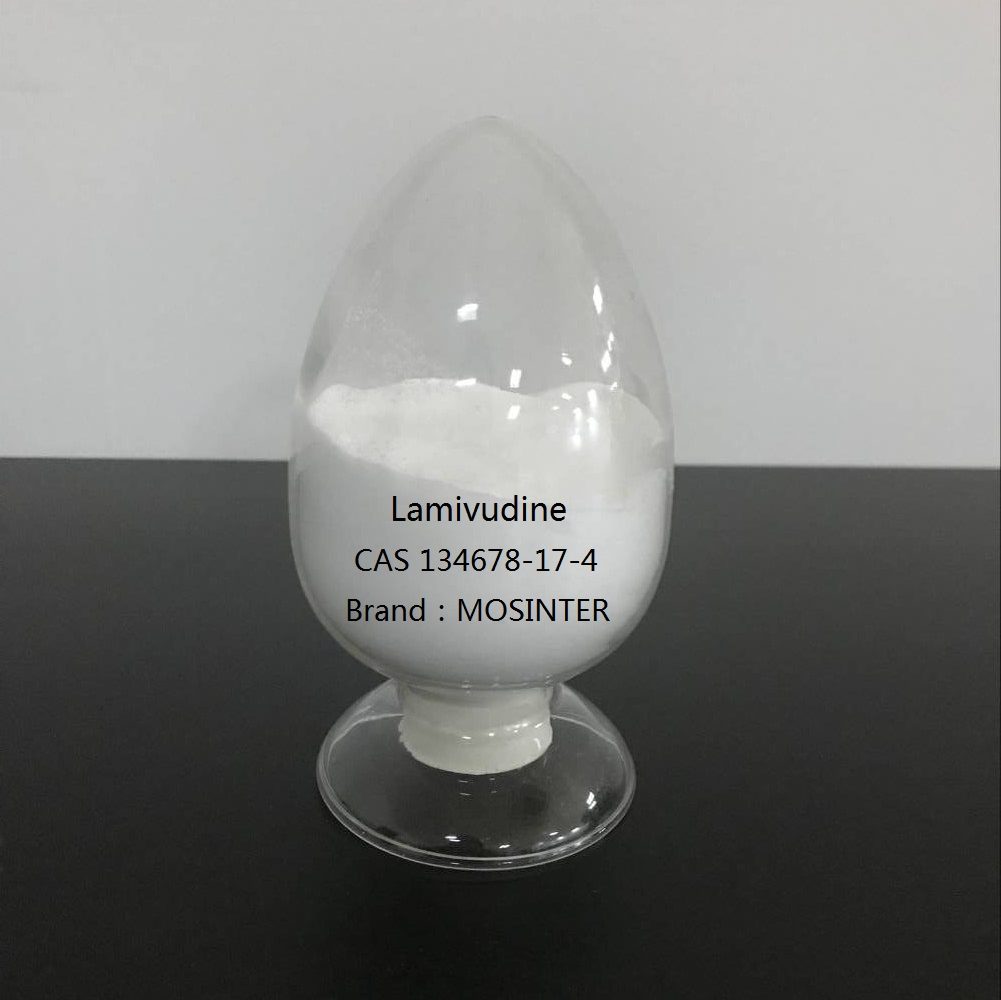
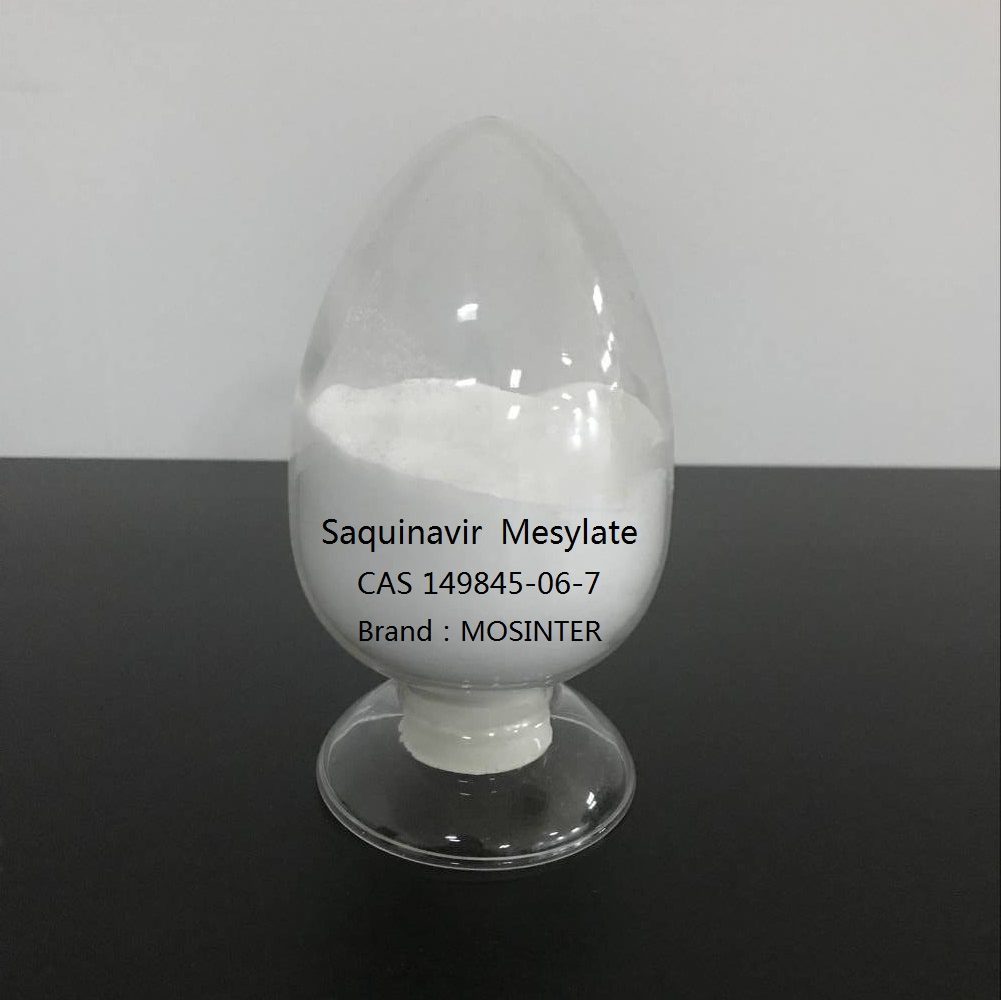
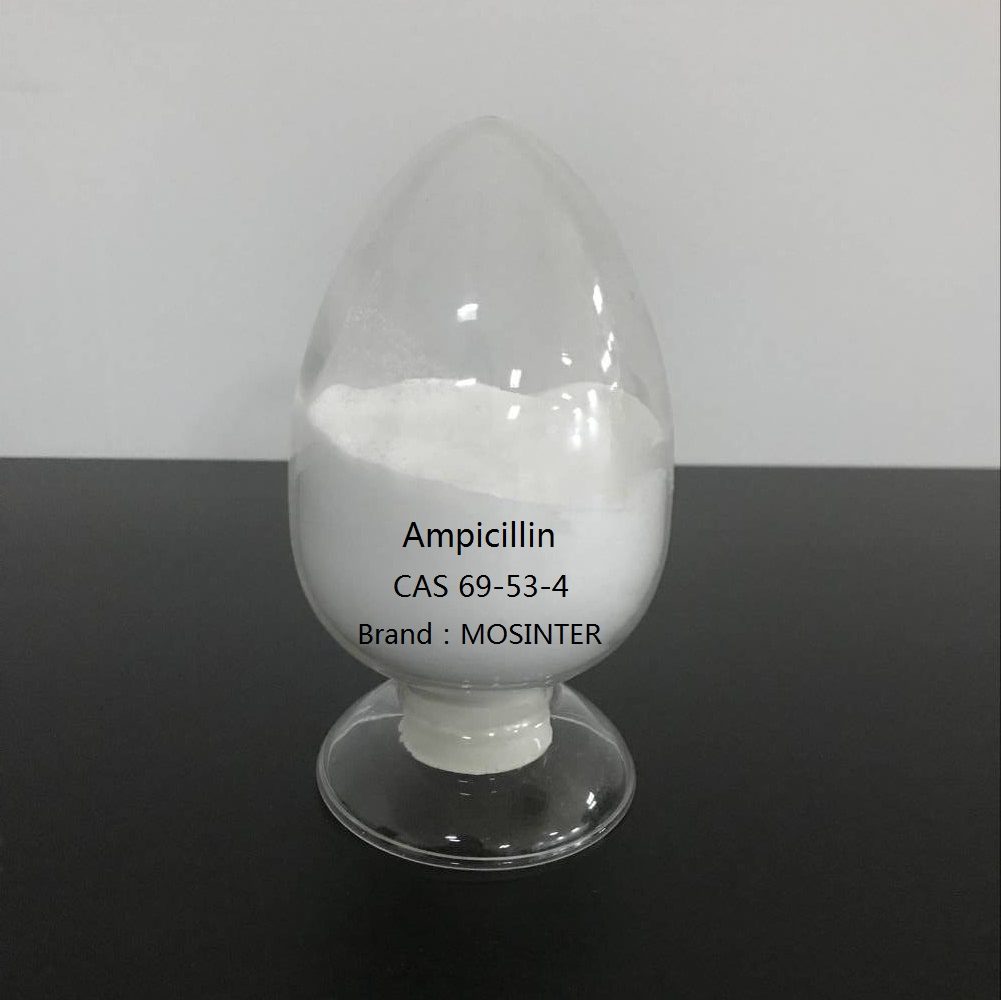
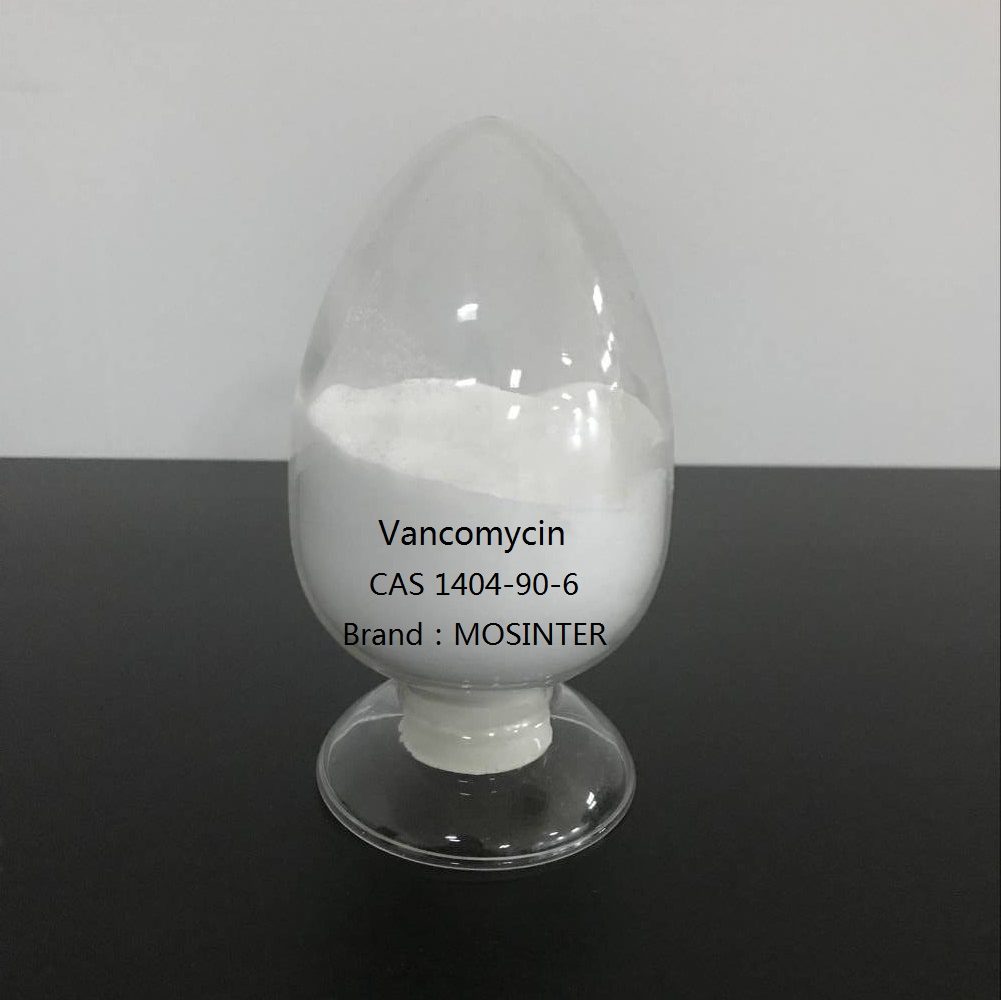
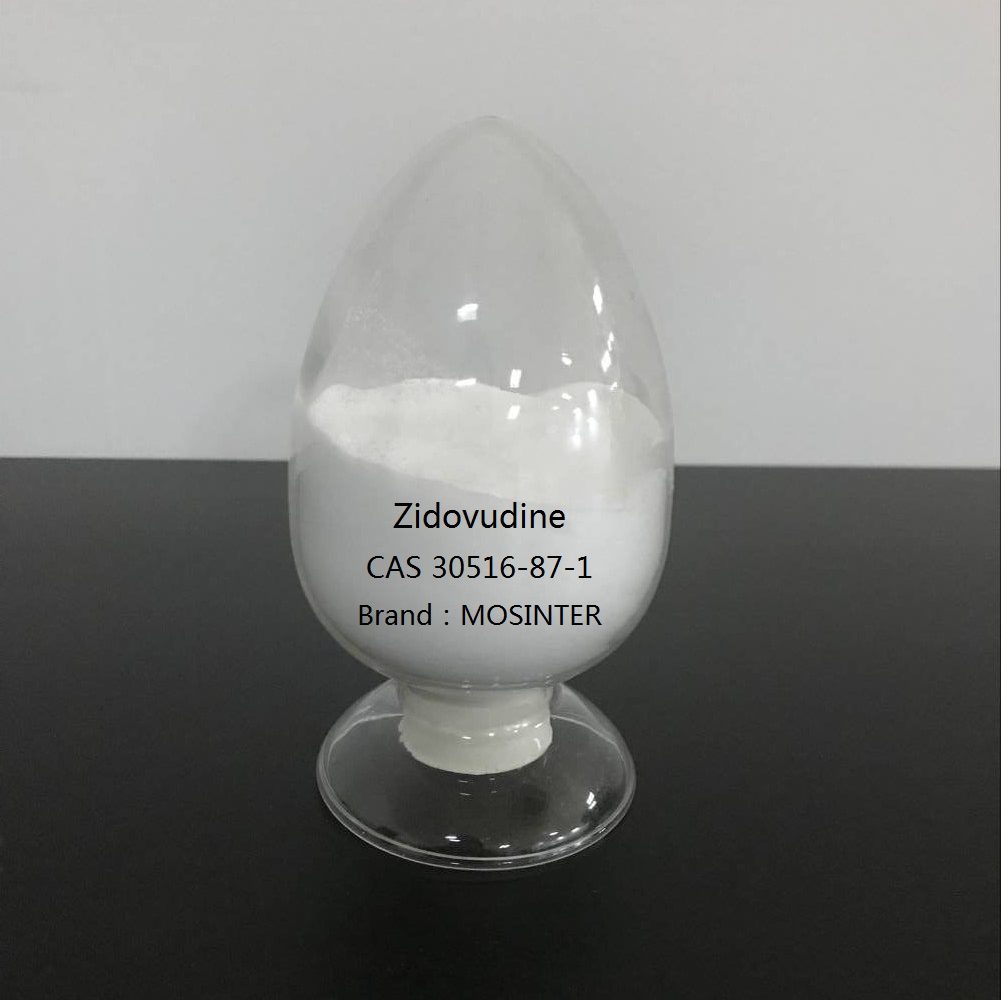
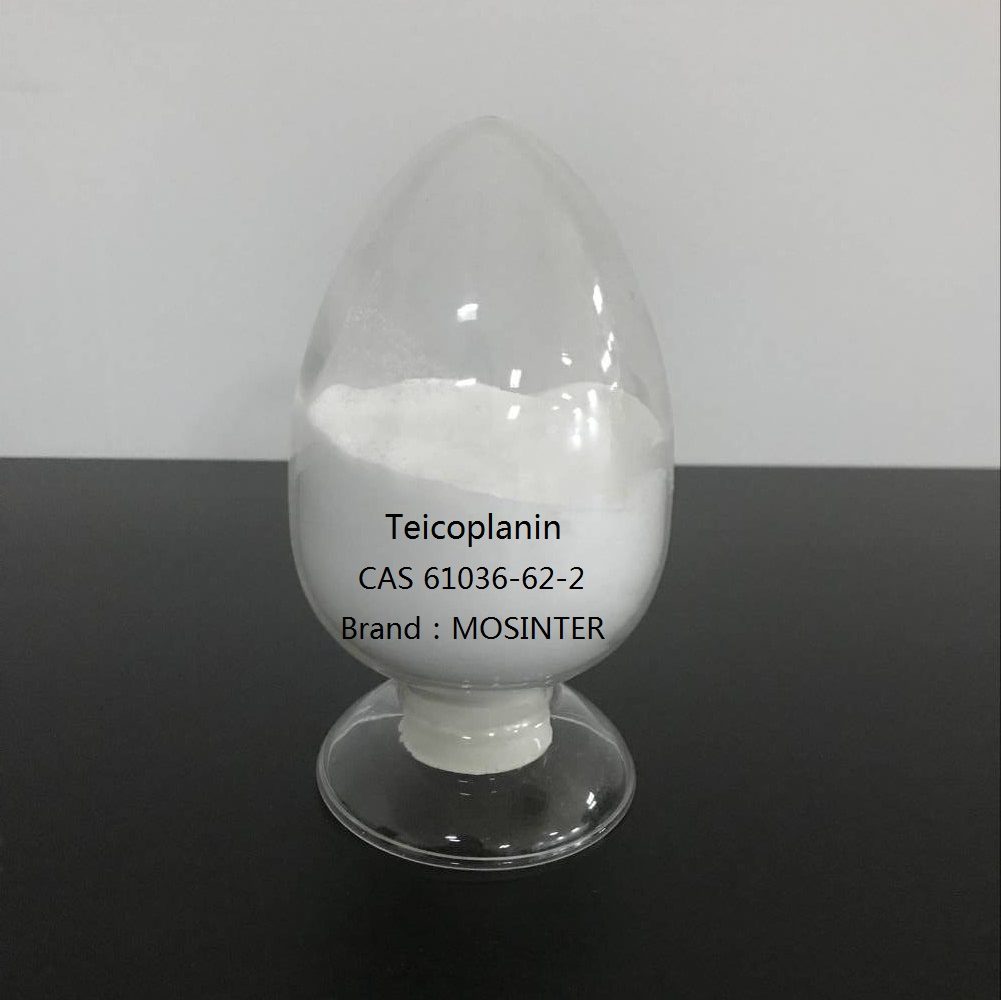
Reviews
There are no reviews yet.